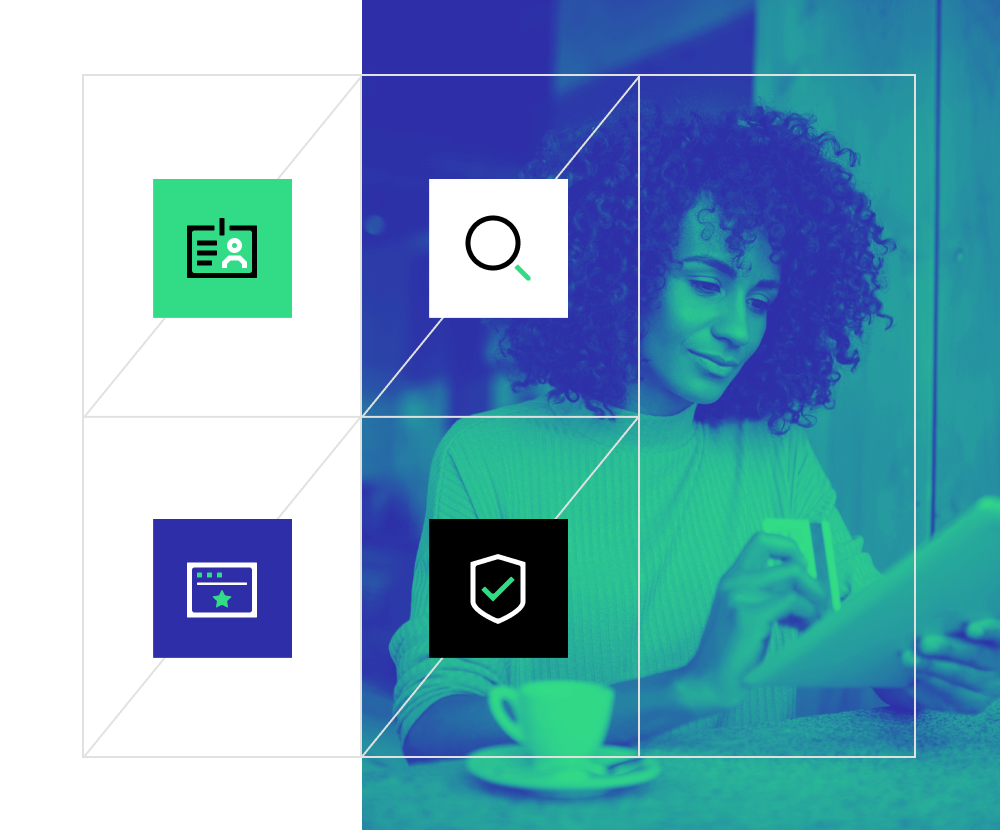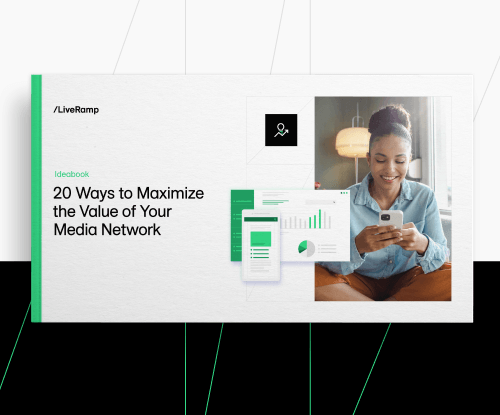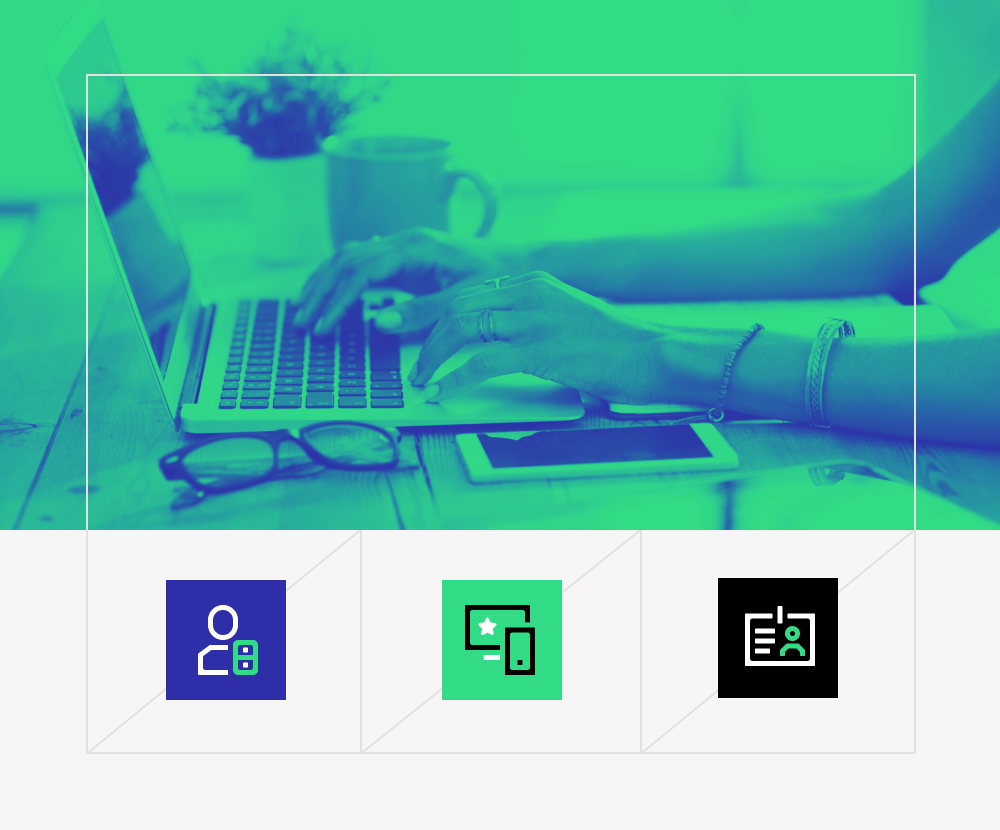Filter results
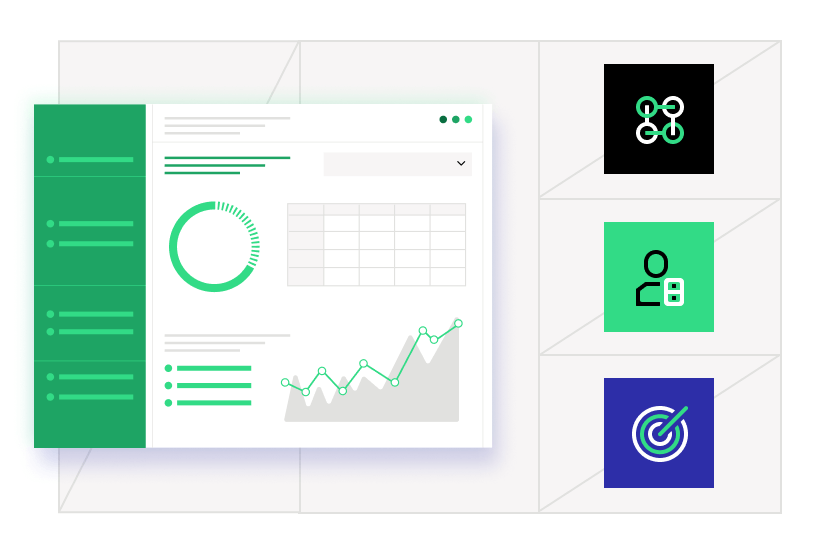
Apr 18, 2024
7 min read
What is Data Onboarding? An Overview
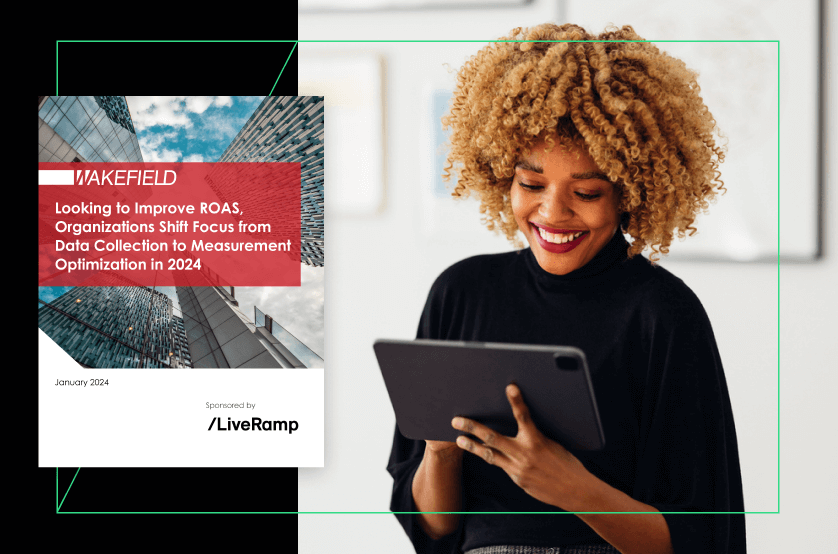
Apr 16, 2024
5 min read
3 Ways Marketers Can Overcome Data Gaps and Prove ROAS

Apr 4, 2024
2 min read
How to maximize TV inventory value for stronger reach, lift, and monetization

Mar 28, 2024
3 min read
How Albertsons Media Collective is Powering a More Collaborative Ecosystem With LiveRamp
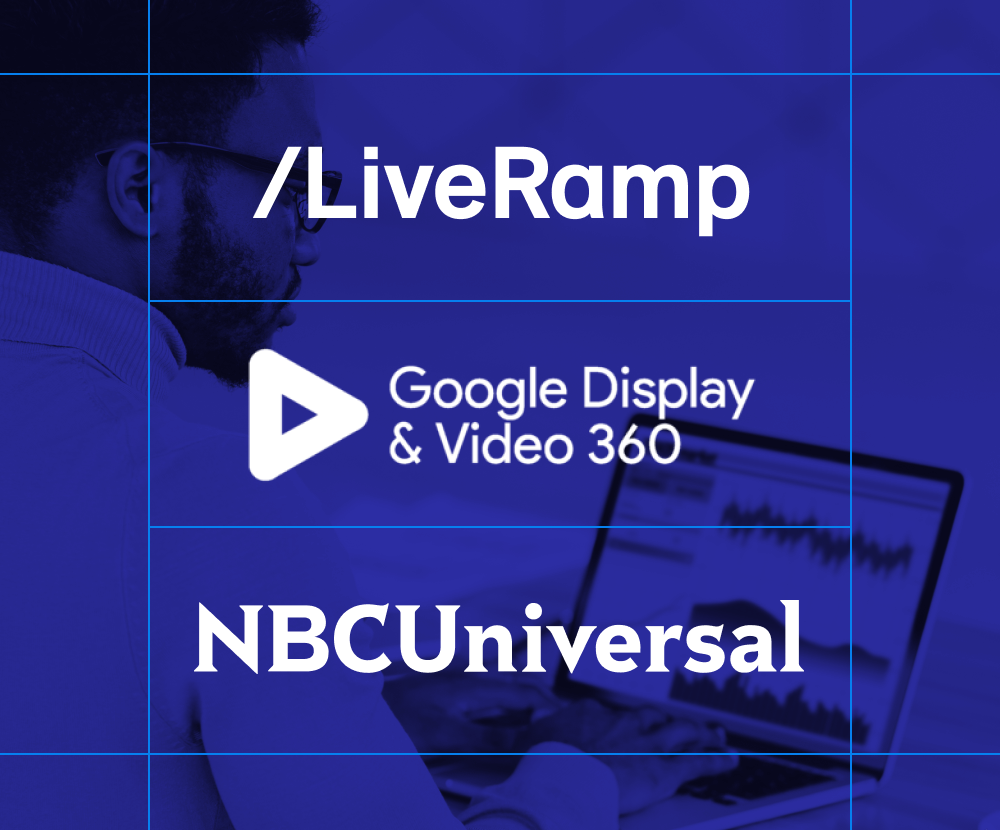
Mar 14, 2024
2 min read
NBCUniversal, LiveRamp, and Google’s Display & Video 360 partner to enable PAIR across CTV - powering better performance for marketers on the big screen

Feb 27, 2024
3 min read
LiveRamp’s Clean Room Technology Boosts CTV Measurement Through Microsoft Integration

Feb 26, 2024
5 min read
Deliver Next-Generation Customer Experiences with LiveRamp Identity in Databricks Marketplace

Feb 23, 2024
3 min read
LiveRamp and Pinterest Expand Partnership with New Optimization and Measurement Capabilities

Feb 22, 2024
5 min read
